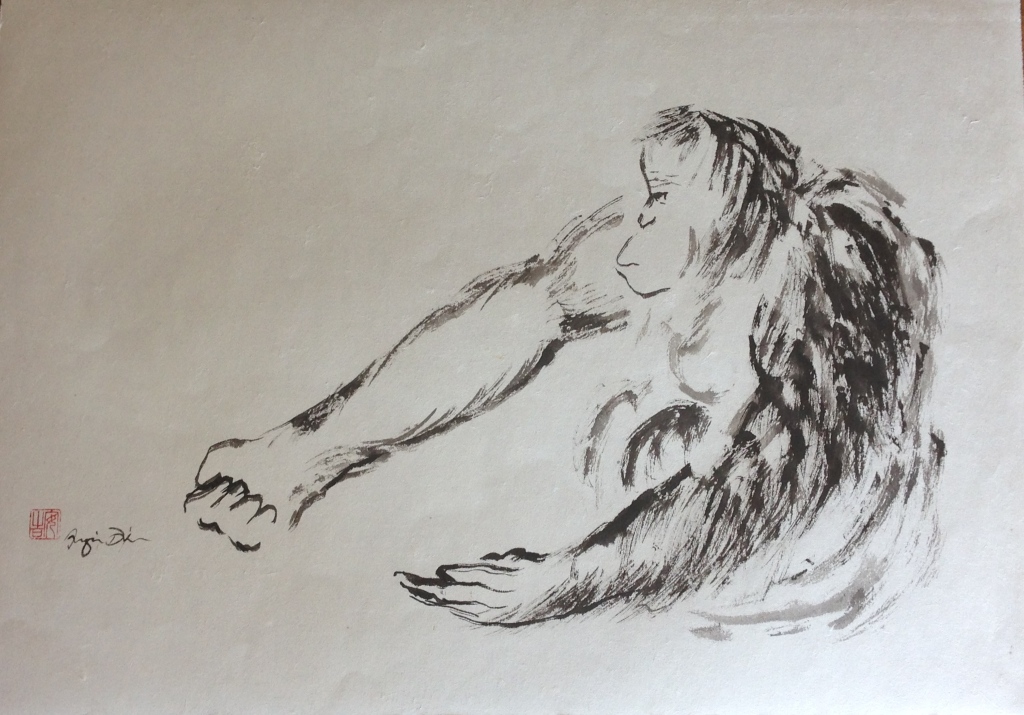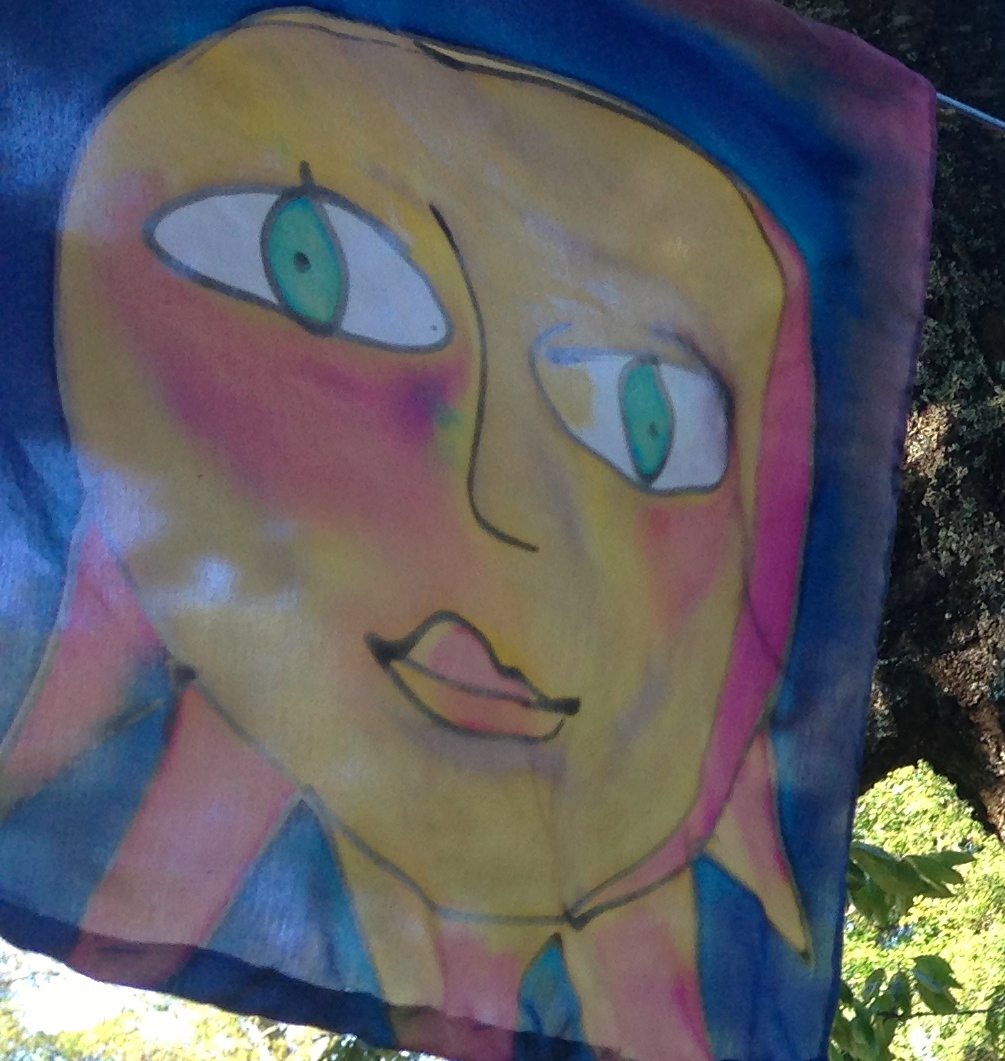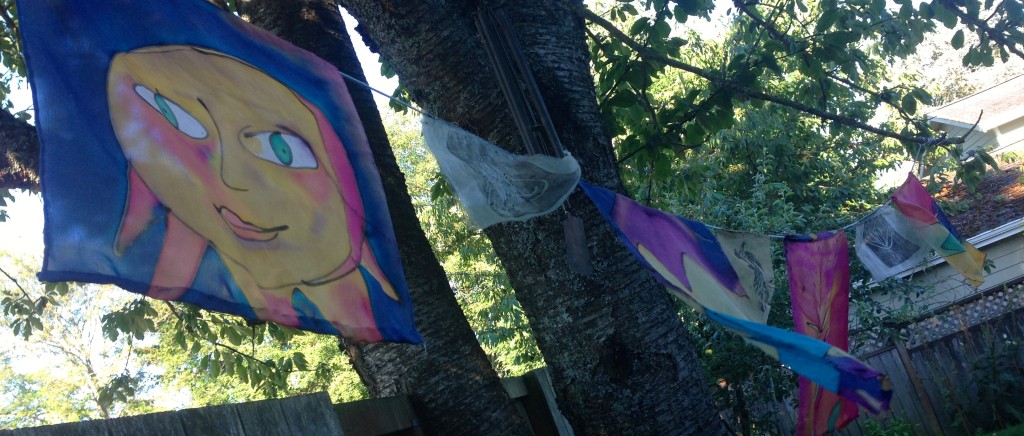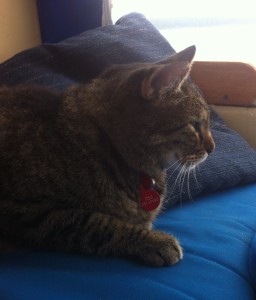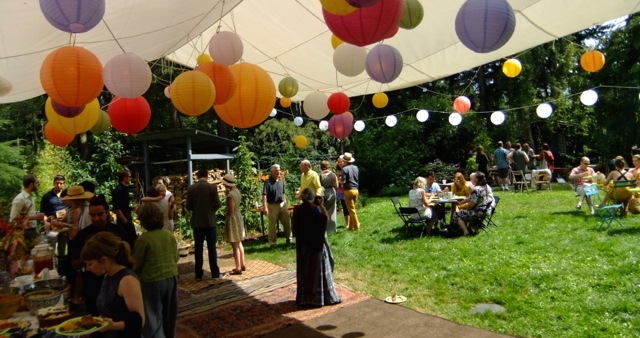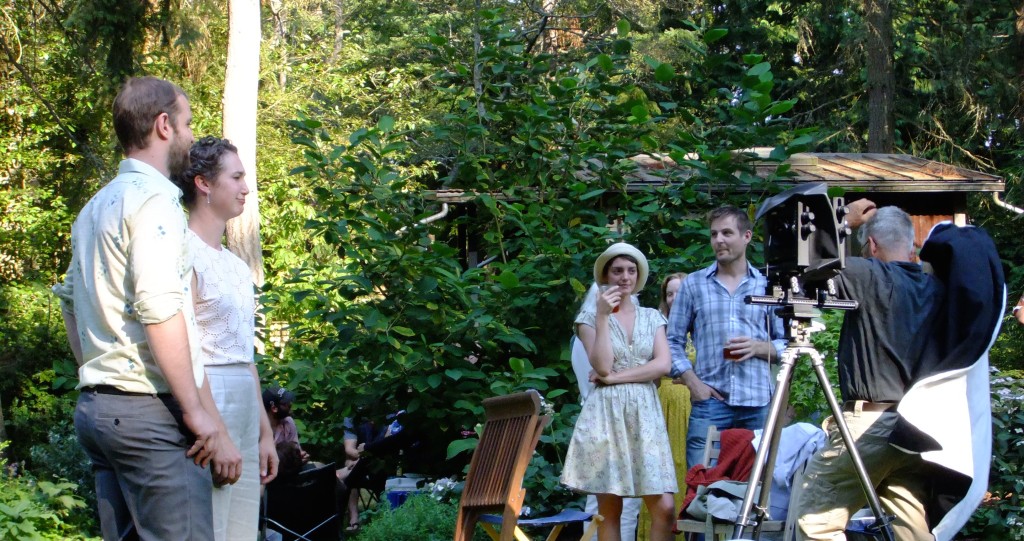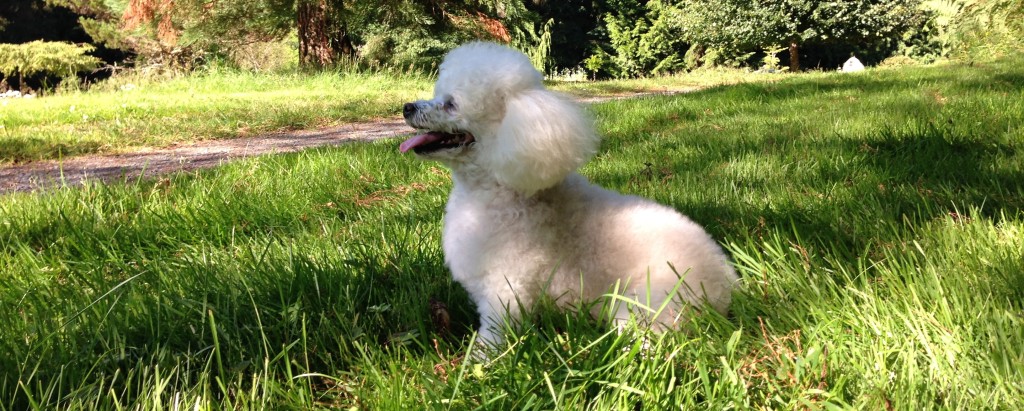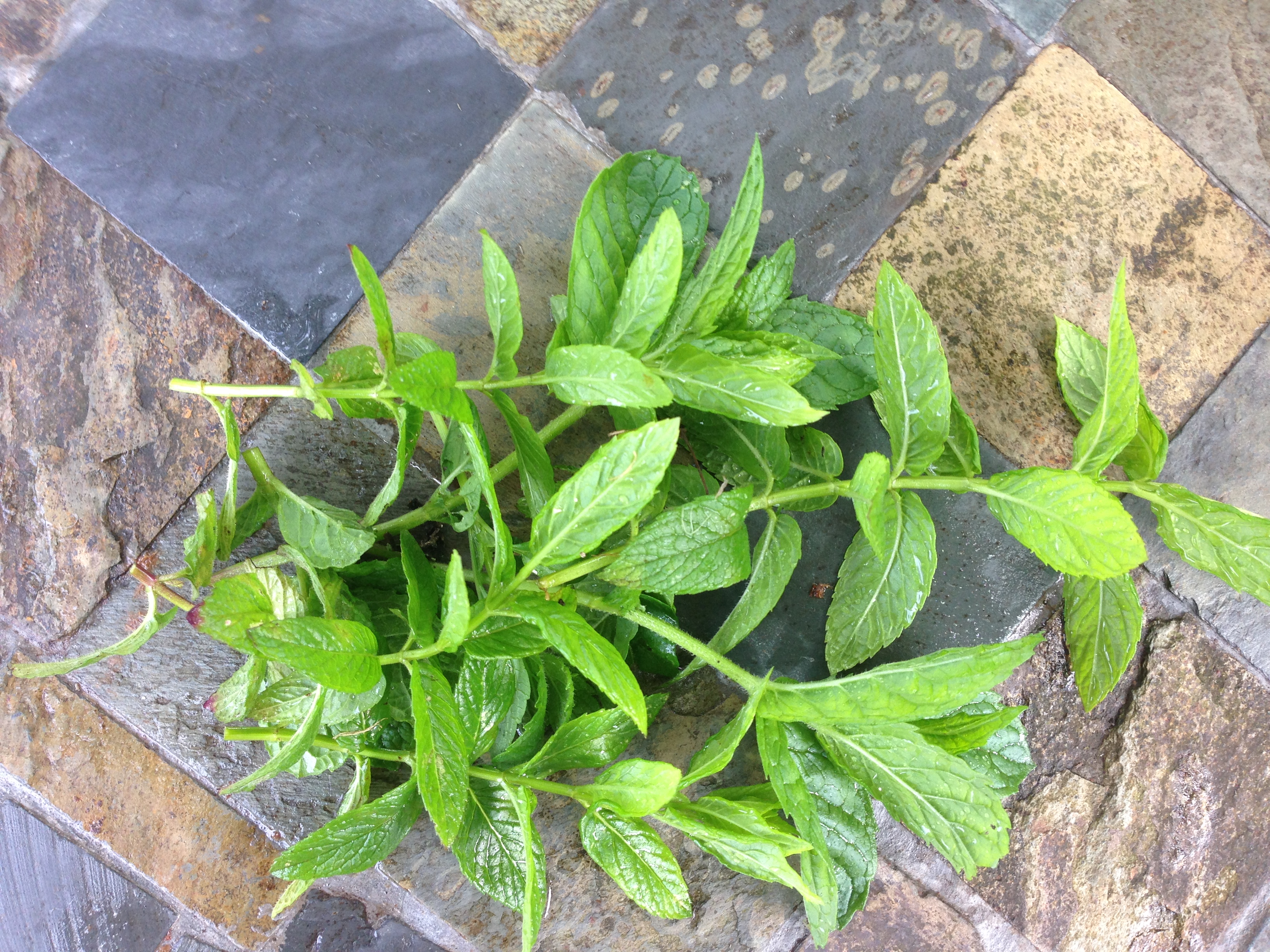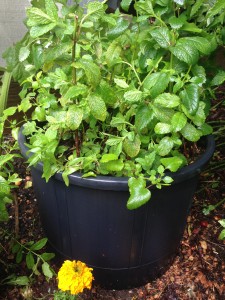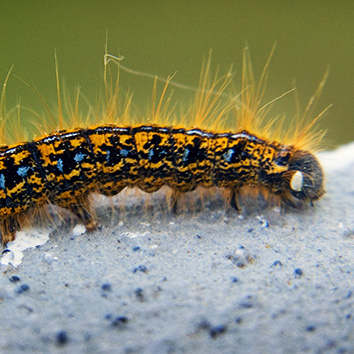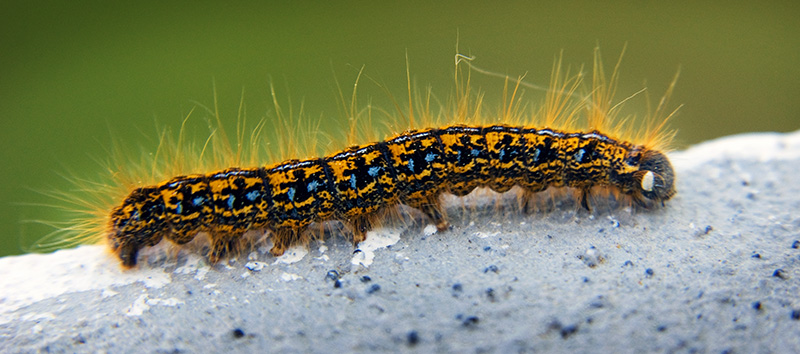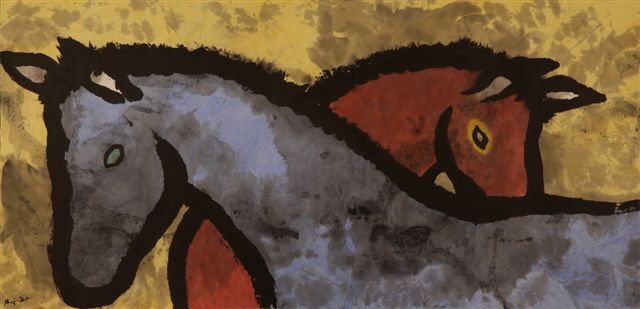
“Together and Apart” is Sumi (Asian ink), gouache, and Japanese watercolor. To see more, visit Angie Dixon’s website
I work part-time at the Whidbey Island library that’s in a double-wide, a cozy space where we have interesting conversations. One day we convinced a library patron to bring in her art portfolio from her car. This artist, Angie Dixon, showed us glorious pictures—horses, a friendly orangutan, and one I’ll never forget: a window with rays of light coming through it. Nothing else, just the light.
As a child, Angie said, she’d read a read a book whose story entered and took up residence in her, even though the book itself disappeared from her life and its title and author’s name were forgotten. Here is my telling of the story she outlined:
A child enters a light-filled room that has two floor-to-ceiling windows looking out onto a lovely sunlit garden. A large gilt-framed mirror hangs between the windows, and it is this mirror that interests the girl. She walks up to the mirror and looks into it. It’s herself she sees, of course, and what she notices first is that she is becoming quite a big girl—a fine girl!
Of course, there’s that funny thing about the way her hair curls in the very back. She turns around, with her back almost to the mirror, and peers over her shoulder, looking critically at her reflection. Perhaps the hair will change in time. Her mother had suggested that once, and the girl had only dared to hope that it might, because her mother obviously didn’t like this tendency toward unruly curls.
The girl turns to face the mirror head-on. This is better. She looks much better this way. But she’s having trouble making out her reflection now. Why?
There is no light. The windows are like slits on the wall. They’re tiny! These windows were huge when she came into the room. How long ago was that? The girl isn’t sure.
She looks back at the mirror, and the minute she does that, the windows become still smaller. Horrified, she realizes she’s in almost total darkness. She walks over to the window then—if you could still call it a window—and reaches her hand toward the tiny ray of light that remains. Her finger won’t fit in the crevice. No, you wouldn’t call this a window at all. But it had once been a window.
Is there something she can do to make it a window again?
Angie doesn’t remember what happened at this point in the story. The girl had to do something to get back the light. “It was one of those fairy tales,” she said, “you know, where the heroine undertakes a mission or passes a test. The girl gets the light back, but I don’t remember how.”
If it were my story—and for this moment, why don’t we call it my story!—I would have the heroine pay attention to the light.
The girl looks intently at the window, willing it to expand. There is just a sliver of light now—and the light is extraordinary, the girl realizes; it’s beautiful, that light.
Once she notices its beauty, there is more light. The girl laughs then. It’s the first time she’s laughed since she walked into the room, and with her laughter, the slits in the wall become windows once again.
But they’re are more than just windows. These are doorways. The girl realizes she can do more than just stand in this room and look at the light. She can walk through the doorway. She can go outside, into the beautiful garden. She can be in the light.
So that’s what the girl does: she steps into the light.
Giving something our attention for the sake of delight—that is the magic key that expands anything in our lives. So, if it works for the rest of us, surely it would work for this girl in a fairy tale.

